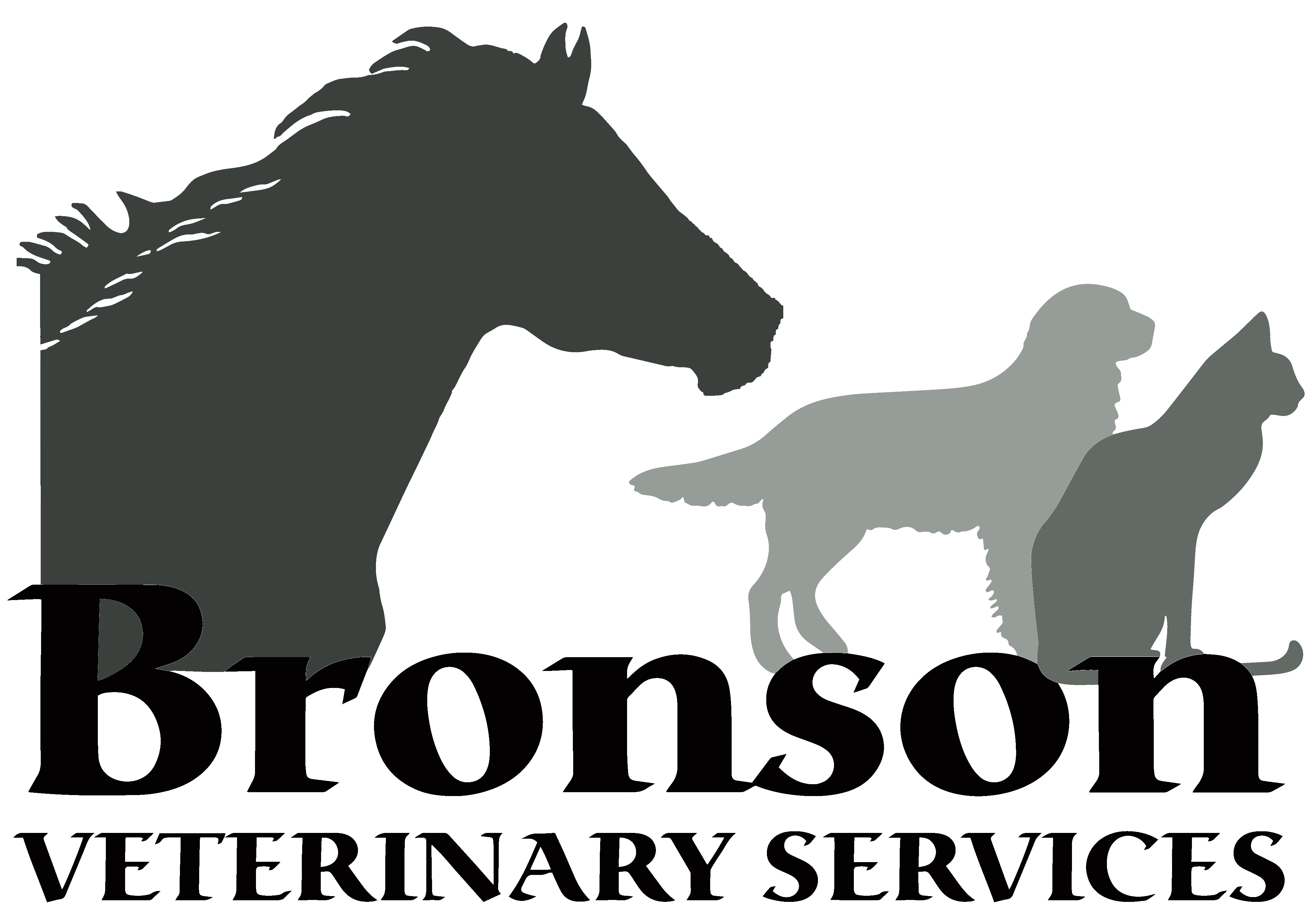Site Accessibility Features: Skip to page menus
Site Menus Section Skip to page content


A joint luxation is a dislocation or complete separation between the bones that normally articulate (move back and forth) to form a joint. Subluxation refers to a partial separation of the joint. The most commonly subluxated joints in dogs include the hip and elbow, although any joint can be affected.
Trauma, such as an automobile accident, is the most common cause of sudden or acute joint subluxations. Certain breeds of dogs may inherit a predisposition to a conformation or anatomical condition that makes them more likely to experience chronic joint subluxations. Certain breeds of dogs such as Labrador retrievers and German shepherds have a higher incidence of hip dysplasia, making them more likely to have a subluxated hip joint.
The most common clinical signs associated with joint subluxations include:
Often there is a history of trauma, injury, or recent intense activity or exertion. Your veterinarian may suspect a joint subluxation based on the medical history and physical examination findings. An X-ray (radiograph) is necessary to definitively diagnose a joint subluxation. Other diagnostic tests may include computed tomography (CT) or magnetic resonance imaging (MRI).
In many cases, the joint can be reduced or replaced to its original orientation by a procedure called a closed reduction. General anesthesia is required for this procedure. After the subluxated joint is reduced, the dog will need an external bandage or supportive wrap to hold the joint in proper alignment as the joint capsule heals.
Some dogs require an open reduction - a surgery in which the joint is opened to replace the partially dislocated joint bones. If this is necessary, your veterinarian will discuss the surgical procedure, its prognosis, and long-term care.
The prognosis for recovery in most acute (sudden) or traumatic joint subluxations is good, provided the injury is treated immediately. Chronic subluxations, such as those associated with hip dysplasia, may be successfully managed medically or may require surgical treatment.
With any joint injury, the patient has an increased risk of developing osteoarthritis in the future. To delay the development of osteoarthritis, many patients benefit from life-long supplementation with omega-3 fatty acids, glucosamine, and chondroitin. Weight management is also critical to reduce future osteoarthritis after joint injuries.
© Copyright 2025 LifeLearn Inc. Used and/or modified with permission under license. This content written by LifeLearn Animal Health (LifeLearn Inc.) is licensed to this practice for the personal use of our clients. Any copying, printing or further distribution is prohibited without the express written consent of LifeLearn. This content does not contain all available information for any referenced medications and has not been reviewed by the FDA Center for Veterinary Medicine, or Health Canada Veterinary Drugs Directorate. This content may help answer commonly asked questions, but is not a substitute for medical advice, or a proper consultation and/or clinical examination of your pet by a veterinarian. Please contact your veterinarian if you have any questions or concerns about your pet’s health. Last updated on Sep 13, 2023.
Site Sidebar: Skip to end of sidebar
Search Articles
Filter By Language
View All
452 West Central Road Coldwater, Michigan, 49036
Book an AppointmentGet directionsCall: (517) 369-2161 Email: info@bvsvet.com
Mon, Wed, Fri: 8:00am – 5:00pm Tues, Thurs: 8:00am – 6:30pm Sat: 8:00am – 12:00pm
© 2025 Bronson Vet Services. Powered by LifeLearn Veterinary Websites